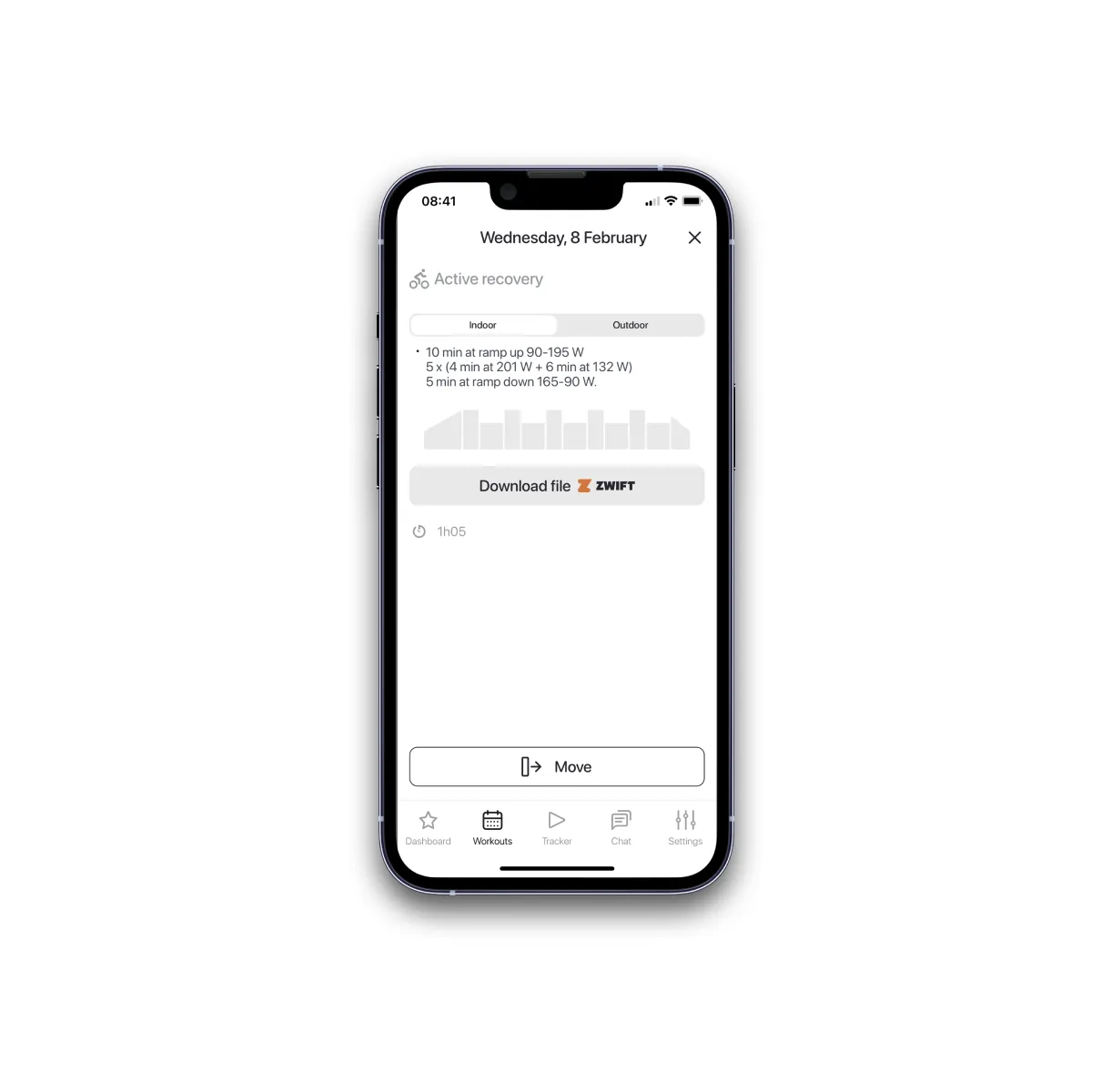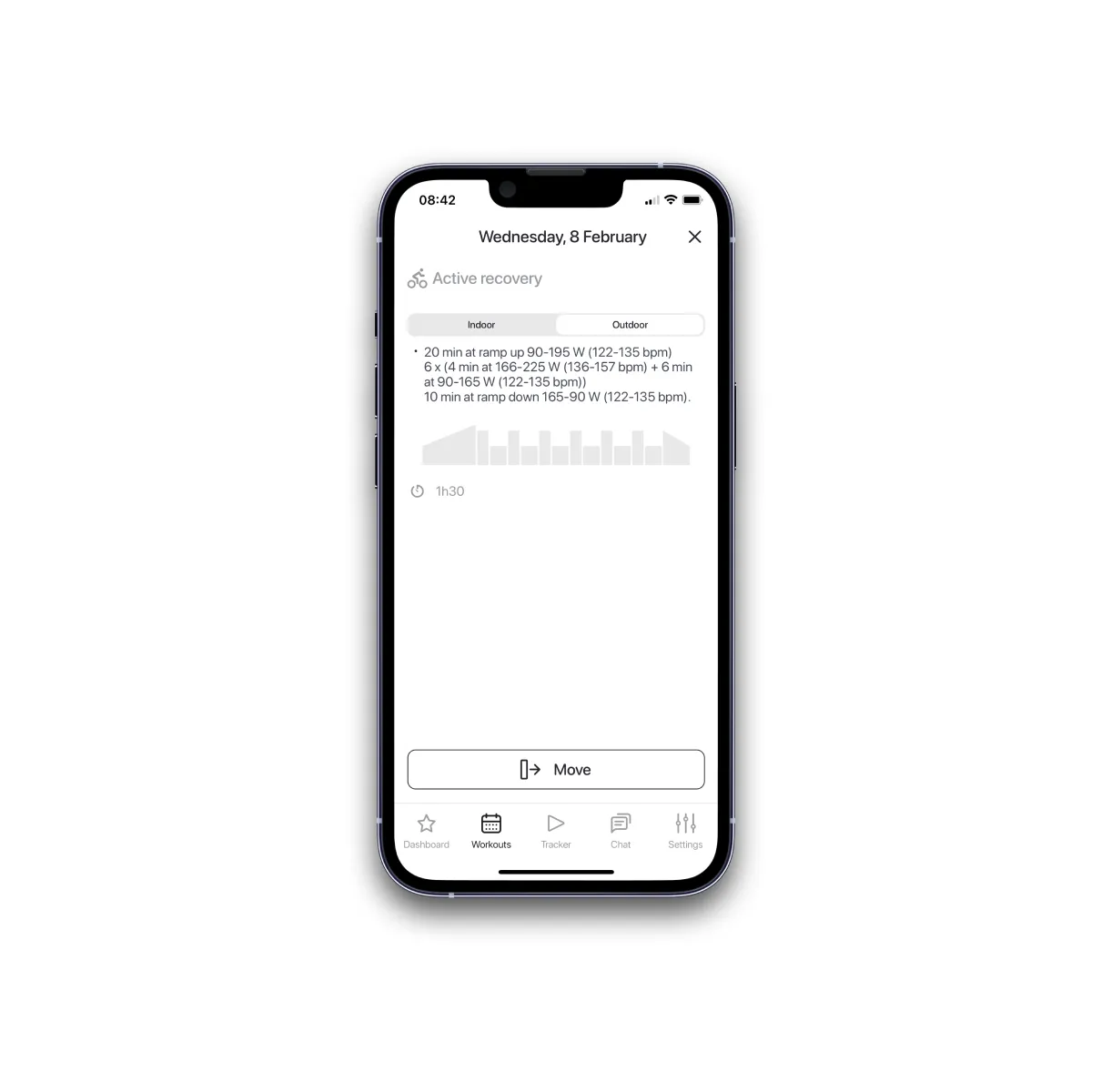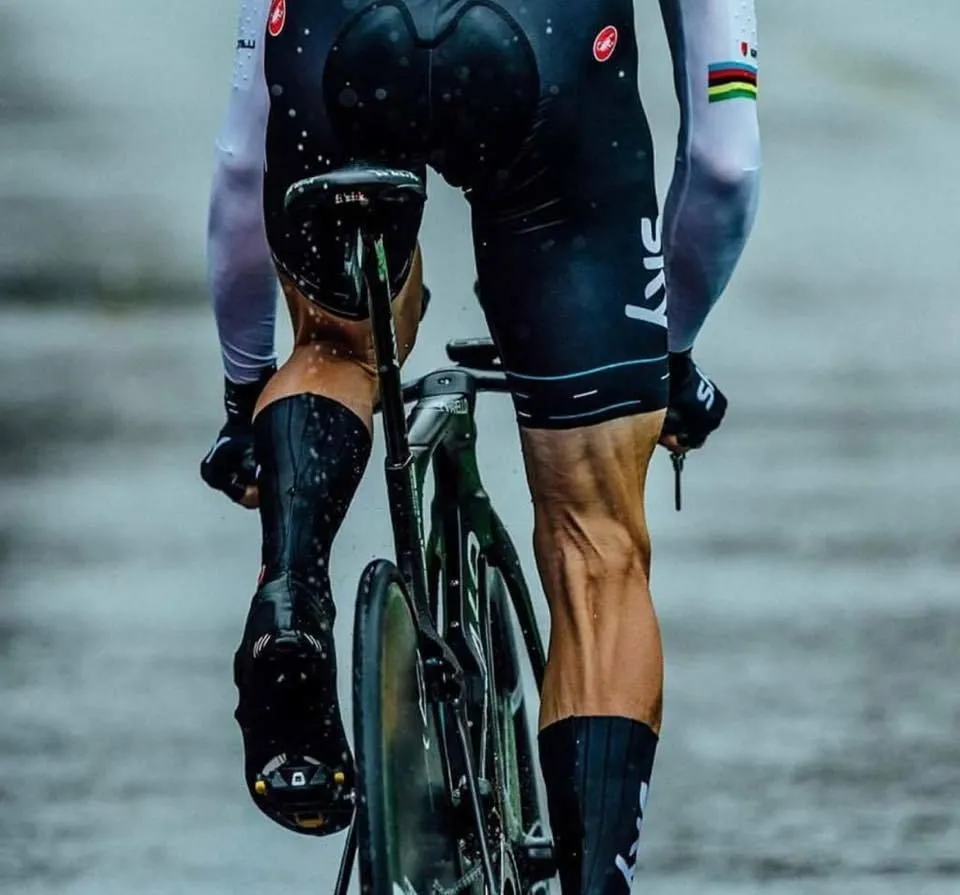We continue to compare cycling and running. In the training approach, there are many similarities as well as striking differences. Let’s find out what is so different and why?
On a bicycle, the HR accelerates slowly. This can be seen when training on the cycle trainer with a power meter. Let’s assume you pedal easily for 5 minutes and then start pushing harder. You see your watts climbing but not your HR. Try to repeat the same scenario while running. If you run at a conversational pace for 10 min, and then switch your gears to speed, your HR will noticeably jump up.
It has to do with which muscles are used when cycling. Most of all, the large muscles and tendons of the legs are involved — the quadriceps femoris, calf, gluteus, and hamstrings. The body and hands remain relatively relaxed. On a bicycle, there is no vertical oscillation, and no shock load on the joints and ligaments like in running. As a result, cycling leads to a smoother and slower increase in heart rate compared to running.
The logical consequence of the above described is lower maximum HR for cycling in comparison to running. To reach your maximum heart rate on a bike, you will need a lot of time and extremely high loads — at least 10 minutes at the limit. For running it will take only 3 to 5 minutes or about 1 km of distance at maximum speed to elevate your heart rate to the maximum.
What do all these features lead to when compiling and performing cycling workouts?
- Cycling workouts are set in power (watts) rather than heart rate terms. This is especially important for indoor cycling. Each workout consists of several segments that need to be performed within a limited time. The most intense segments rarely exceed 3–4 minutes, and moderate segments are usually less than 10–15 minutes. It’s just not enough time for the big leg muscles to wake up and generate a request for fresh blood to the heart. So your heart continues to pump the same amount of blood and you see no material HR change. The power metric works differently and changes immediately after pushing the pedal. Here is an example of an indoor workout with power:

- Every workout of your plan is always presented in two versions — indoor and outdoor. Outdoor workouts are usually longer, so there are more segments and longer duration. This allows the muscles to gradually warm up and makes it possible to use heart rate in addition to power. But still, power remains the King. Why are we adding HR? It’s just that not every bike is equipped with a power meter and there should be another meaningful indicator. This is the same workout, but the outdoor version with HR:

- Do not forget about the inertia of the HR when training on a bike. The pulse accelerates slowly. Keep this in mind and do not overdo it at the beginning of every workout. Your heart rate will rise to the desired level by the 2nd or 3rd segment.
- Find out your maximum heart rate and FTP (functional threshold power). Both metrics can be determined by the FTP test or by Exercise Test. The exercise test can be done in sports centers, but it is the most precise way to define your FTP and other metrics.
- Consider installing a power meter on your bike for outdoor workouts. This will increase their accuracy and efficiency. The most commonly used sensors are Stages, Quarq, Garmin, and Power2Max. In the next article, we will discuss the choice of power sensors.
